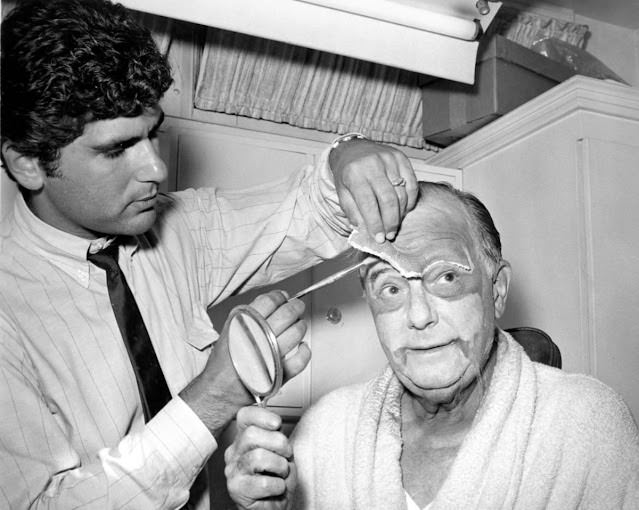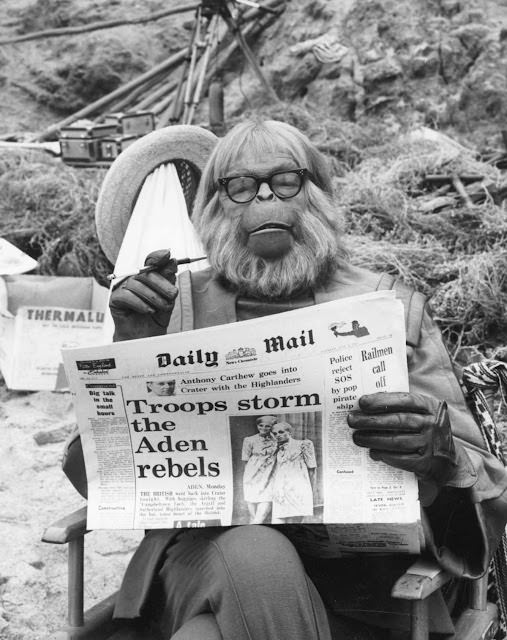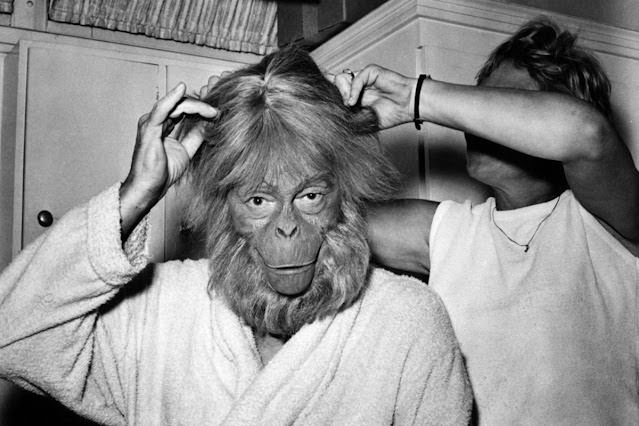In the history of science fiction cinema, the 1968 film “Planet of the Apes” stands as a groundbreaking achievement. It wasn’t just the compelling story of a dystopian future where apes ruled and humans were enslaved that captivated audiences; it was the revolutionary costumes and makeup that brought this fantastical world to life. The mastermind behind this transformative work was makeup artist John Chambers, whose innovative techniques and dedication to realism set a new standard for special effects in Hollywood.
John Chambers: A Makeup Maestro
John Chambers was no stranger to the world of special effects makeup. He had already honed his skills on projects like “The Munsters” and “The Outer Limits.” However, “Planet of the Apes” presented a unique challenge: creating believable ape characters that could emote and interact convincingly with human actors. Chambers rose to the occasion, leading a team of makeup artists to create some of the most iconic and memorable creatures in film history..
Read More
The transformation of actors into apes was a painstaking process that required hours of meticulous work. Each actor underwent a series of steps, starting with the application of foam latex prosthetics to their faces and bodies. These prosthetics, sculpted and molded to resemble ape anatomy, were then carefully blended with the actor’s skin using makeup and adhesives..
The ape makeup wasn’t just about creating a realistic appearance; it was also about capturing the nuances of ape behavior. Chambers and his team studied primates extensively, observing their movements, expressions, and social interactions. This research informed the design of the makeup, allowing the actors to convey a wide range of emotions through their ape personas.
Individualized Ape Personalities
Each ape character in “Planet of the Apes” had a distinct personality, and the makeup played a crucial role in conveying these differences. For example, the wise and benevolent Dr. Zaius had a more refined appearance, while the brutal General Ursus was characterized by a more aggressive and menacing look. These subtle variations in the makeup helped to create a diverse and believable cast of ape characters.
The costumes in “Planet of the Apes” were just as crucial as the makeup in creating the illusion of a simian society. The ape clothing was designed to be both functional and aesthetically pleasing, blending seamlessly with the natural environment of the film’s setting. Materials like leather, fur, and woven fabrics were used to create a sense of authenticity and realism.
The Challenge of Movement
One of the biggest challenges for the costume designers was ensuring that the actors could move freely and naturally in their ape attire. This required careful consideration of the materials used, the fit of the costumes, and the way they interacted with the prosthetic makeup. The result was a series of costumes that allowed the actors to fully inhabit their ape characters, from the graceful movements of the chimpanzees to the powerful strides of the gorillas.
The process of transforming actors into apes was a time-consuming and often uncomfortable one. Each morning, the actors would spend hours in the makeup chair, enduring the application of prosthetics, makeup, and wigs. However, the dedication of the cast and crew to achieving realism paid off, as the ape characters in “Planet of the Apes” remain some of the most convincing and memorable creatures in film history.






















